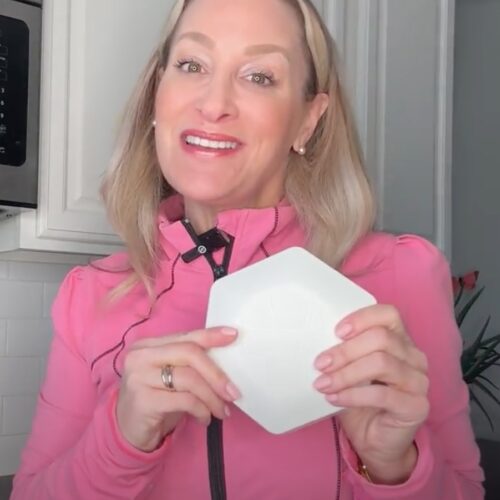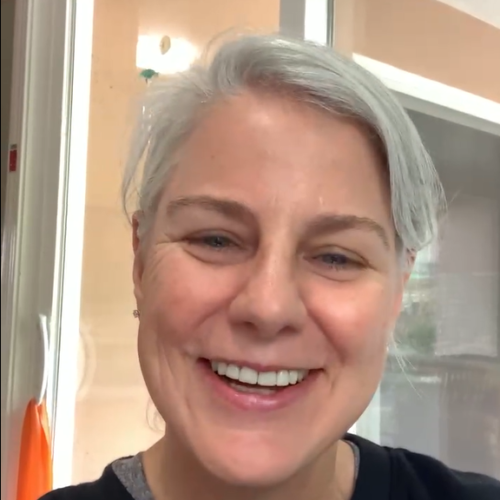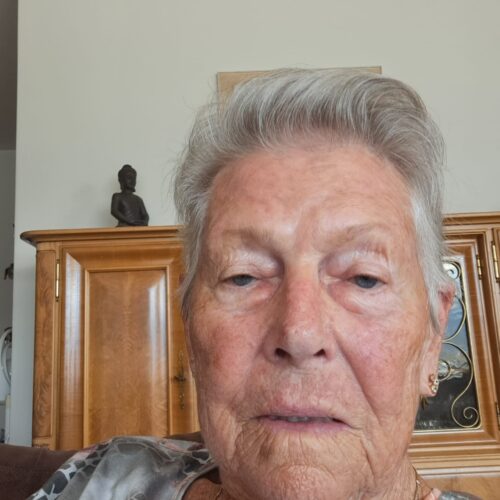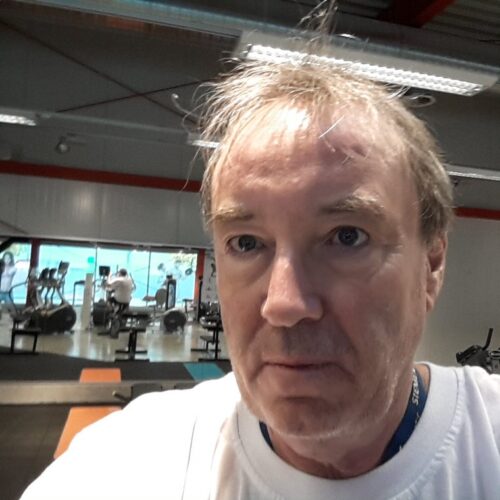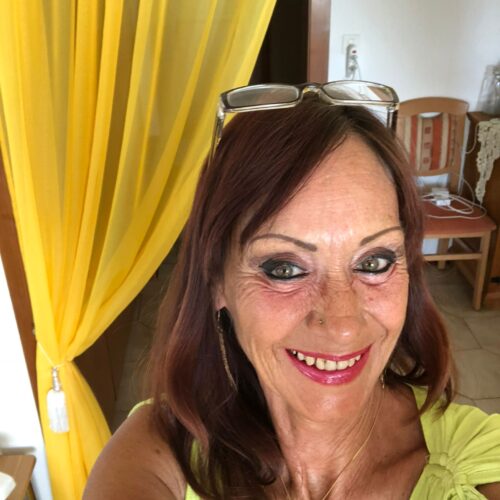Revolutionary Motion Sensing
Paul senses human motion, which makes the level of physical activity, daily routines, and behavioral habits of residents for caregivers visible, through the corresponding app.

Paul’s Radar
Technology
Paul detects tiniest movements by looking for frequency shifts in the recorded spectrum of its transmitted radio waves signal, caused by reflections from a moving person. Paul respects privacy as no camera or microphone is used.
Paul is simple
Place one Paul in the room where your resident spends most of their daytime (e.g. living room) and one where they sleep (e.g. bedroom).
More to Know
Tech Specs
Material of the Case
- Acrylonitrile butadiene styrene (ABS)
Weight & Dimensions
- Length: 146 mm / 5.75 inches
- Width: 130 mm / 5.12 inches
- Height: 45 mm / 1.77 inches
- Weight per piece: 320 g
- Country of origin: Switzerland
Power
- AC/DC
Connectivity
- WiFi (WPA2)
Range
- 25 m²
- 269.097 ft2
Sensors
- Phi1 Radar
Features
Motion Monitoring
- Live Motion© shows real-time movement detected by Paul
- Motion History© shows detected movements from the past
- Movement Notification©: Paul is designed with the capability to notify in situations where residents start to move around, e.g. wandering at night, etc.
Well-being Indicators
- Steps: How many steps walked per day at home and outside* (outside, if resident has app installed on smartphone or Apple Watch).
- Night-Time Rest: Measures how long resident stayed in the bed resting and recovering without interrupts
- Walking Speed: How fast resident walk at home.
- Well-Being Score: Tells caregivers with one score how the resident is doing, using steps, night-time rest and walking speed, etc.
- App Usage: Displays the latest usage of the Helpany app on the residents phone and logs key events, such as the times when the resident leaves or returns to their home (optional).
Digital SOS Button
- SOS-Button© (based on GPS): The app enables residents to alert caregivers from anywhere with just a single tap, ensuring immediate attention. This feature is intended to assist residents when they require help, either on property or on the go. By tapping the button in the app, they can attempt to summon help. The app is designed with the goal of capturing and transmitting the resident’s GPS coordinates to the caregivers.
- No home return© (based on GPS & time): The Helpany app on the resident’s smartphone tracks its GPS location and sends a notification to caregivers, if the smartphone does not return home by a predetermined time.
Irregularity Alerts
- No check-in© (based on time): Paul can be configured to expect a check-in by a specific time. For example, if Paul is installed in a bedroom, this feature can be useful for detecting whether a resident has not gone to bed by a predetermined time.
- No check-out© (based on time): Paul can be configured to expect a check-out by a specific time. For example, if Paul is installed in a bedroom, this setup can be useful for detecting if a resident has not left the bedroom by a predetermined time.
- Long human presence© (based on duration): Paul detects human presence by analyzing tiniest movements, such as the movement of the chest while breathing. Even when a resident is sitting completely still or sleeping. This capability enables Paul to notify family caregivers if a resident has remained in a room for unusually long durations without leaving.
- Low Home Activity© (based on walking pattern): When more than one Paul device is installed in a resident’s home, they work together to detect low overall physical activity. This setup enables the system to notify family caregivers if a senior has not moved around their home as expected.
Smart Night-Light
The smart nightlight is designed to enhance the safety of the living space. Paul is intended to respond to movement at night and aims to light up automatically, providing a sense of orientation in the dark.
Health is Wealth Report
With the Health is Wealth report residents and their family members receive a weekly summary about the measured nocturnal restlessness (e.g., number of steps taken at night and frequent bathroom visits), their daily sedentary behavior and their average pace of movement over the previous 7 days.

